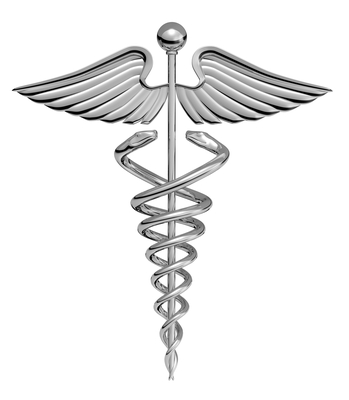Medicare and Medicaid are two long-running programs to provide health insurance coverage to Americans in need. Each program helps a different population and provides different benefits. The exact details of coverage, availability, and costs vary by state. Here is a general overview of the Medicaid program for low-income individuals.
Comparison with Medicare
Medicare is a type of health insurance available to Americans ages 65 and older. It includes several parts that provide coverage for hospital visits, medical appointments, and prescription drugs. Medicaid is not an insurance program. According to the U.S. Department of Health and Human Services (HHS), this program provides assistance to low-income individuals who need help affording their health insurance premiums and co-pays. Unlike Medicare, there is no age limit or lifetime work credit requirements. However, some states are starting to add work requirements to the program, meaning low-income adults must either be working or looking for work to qualify for coverage.
Benefits
Patients receiving coverage under this program pay very little for their health care. Depending on income and state of residence, patients may pay a small amount of money for their monthly premiums. They may also need to pay for part of their prescription drug coverage or visits to medical professionals. Premiums and co-pays are typically much lower than other health insurance options, and the poorest of patients don’t have to pay anything. Some states also offer financial incentives to patients for completing health screenings or remainingtobacco-freee. Dental and eye care services are often covered.
The ACA
After the passage of the Affordable Care Act (ACT), commonly known as “Obamacare,” the rules for eligibility changed. Because the ACA included an individual mandate, or a law which required everyone to obtain health insurance or pay a penalty, many states chose to expand coverage for low-income residents. The federal government offered money to states to cover the cost of this expansion, but the money was for a limited period and would gradually cover fewer and fewer of the new costs. Not every state expanded eligibility. As the Boston Globe reports, the individual mandate will go away in 2019. This might affect eligibility if state legislatures reverse their expansions.
CHIP
Children have access to a special type of coverage known as CHIP, or the Children’s Health Insurance Program. CHIP provides health coverage to children of low-income parents. It’s possible for a child to qualify for CHIP even if the child’s parents aren’t eligible for assistance themselves. CHIP covers many services, including eye care, dental care and special health needs. Pregnant women can obtain CHIP coverage to access pre-natal care. Although government assistance programs are sometimes subject to political pressure, CHIP is one of the most consistently popular programs for helping low-income individuals. Almost all Americans want children to have access to quality health care. According to the official Medicaid website, approximately 6 million children received CHIP coverage in November 2017. An additional 29.7 million children were covered by related programs.
It’s difficult to know if an individual is eligible for assistance simply by looking at that person’s income. A qualified state worker or patient navigator can analyze a person’s income, expenses and household situation to determine who qualifies for Medicaid coverage.
